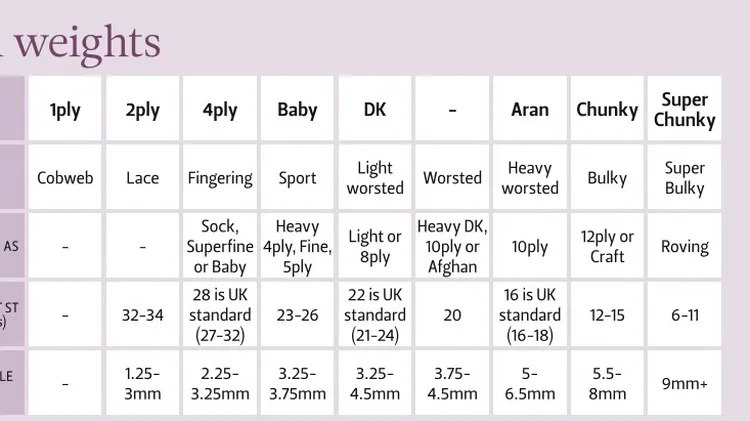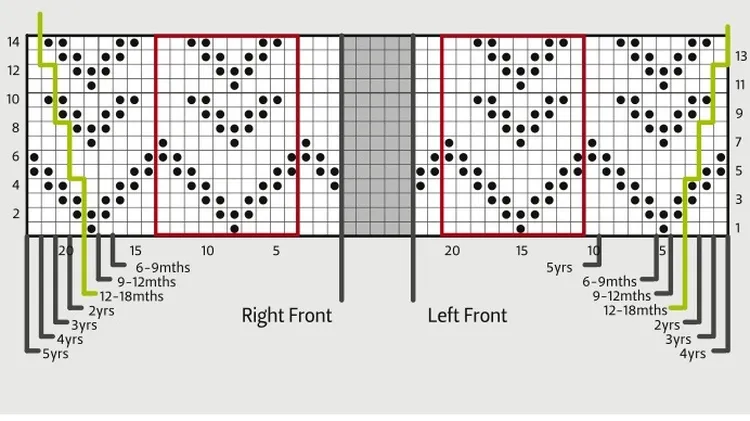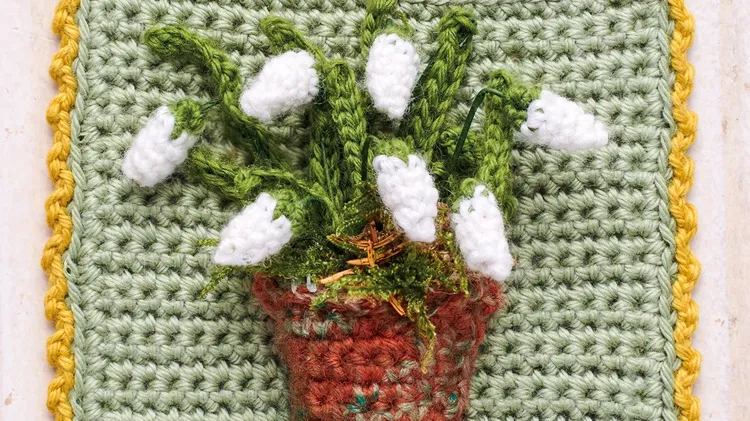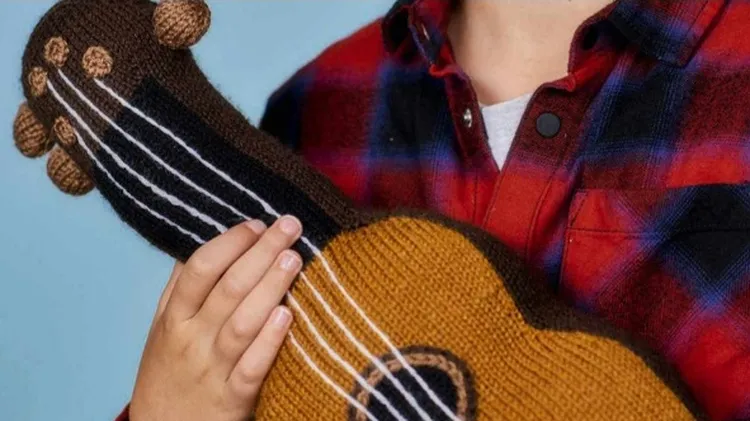Crochet designer and author Toni Lipsey of TL Yarn Crafts
Toni’s journal ...from the studio
3 min read
This article is from...
Read this article and 8000+ more magazines and newspapers on Readly






